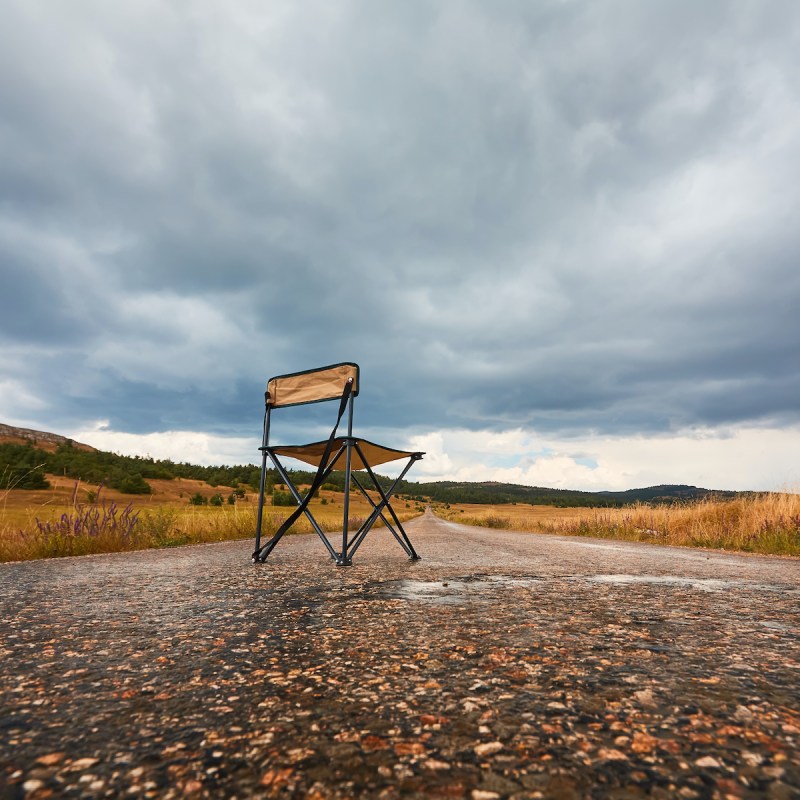
If you’ve been to a government campground lately — national or state park, Army Corps of Engineers (COE), or U.S. Forest Service — you may notice a lot of empty campsites. This perplexes people who had a difficult time securing a reservation because the campground looked nearly full online and sites were difficult to reserve. I’m a frequent flyer at federal campgrounds and it seems to be getting worse in campgrounds with lots of reservation tags and a near equal number of no-shows. What’s the reason?
Videos by TravelAwaits

No-Show Reservations Leave Campgrounds Unfilled
I dug into the policies at Recreation.gov to understand what might be fueling no-shows.
For individual campsites, if you cancel the day before or the day of your reservation, you lose the $10 reservation fee plus 1 night of your reservation and will be refunded the balance. If you have only a 1-night reservation, you will not get any refund. This policy contributes to why people don’t cancel. Government sites are much less expensive than commercial campgrounds. If you have a senior pass, rates are cut by half. For a short stay, why bother canceling? Local residents game the system and make multiple reservations at their local park for the weekends. If they don’t go to the site, it’s not a huge financial setback. They will have the entire weekend to use “their” campsite and nothing can be done by the camp hosts. If a national park campsite is sold, it can’t be resold just because the holder didn’t show.
I have found that when I’ve canceled in advance, refunds are generated quickly and to the card used to pay for the reservation. Recreation.gov states the refund is automatic (within 1–3 business days) once you cancel the reservation online or on the phone. But people don’t, resulting in empty campgrounds.

Beware The Reservation Bots
According to National Parks Traveler, the National Parks have a reservation system problem. Scalpers, or even individuals, pounce on campsites when they become available at exactly 6 months out when sites are released. Within seconds, an entire campground can be reserved for weeks and months. They use computer bots to fire off reservation information and pay for the site while helpless campers at home are boxed out of their dream vacation. Transferring reservations is not permitted, but scalpers have ways to get around that. Campgrounds don’t normally check for any identification once you’re in the park.

What Can Be Done About No-Shows?
The Wyoming State Parks reservation system changed its policies in 2021 to allow cancelations with refunds right up to the day of your reservation. It did this in hopes that more people would actually cancel and not leave empty “no-show” sites that can’t be used by campers who arrive hoping to find a site. Further, Wyoming has a three-strikes policy for those who don’t show up. Upon your third no-show, they will cancel any remaining reservations you have and provide no refund.
Other states have a variety of policies. Some require a 3-day notice to cancel online and get a refund, which leads to more no-shows. Making it easier to cancel is more likely to result in cancelations. Easier cancelations and a three-strikes policy might be the most effective strategies to combat rampant no-shows. Your best practice is to read the fine print when making a reservation.
I recently stayed at a Texas state park and could not make my first night of a 2-night reservation. I called the reservation center and it made a notation on my slip to let the campground know I would come for the second night so I would not be labeled a no-show. The California parks system has adopted a policy banning bots, limiting transfers, and booting habitual no-shows from the reservation system.

Alternative Strategies For Reserving Your Campsite
If you get boxed out of a reservation, you can use a service like Campnab. For a fee, it will alert you to openings due to cancelations. This service is a notification only, not a reservation system. But it gives you an opportunity to pounce on an unexpected opening.
Most national parks allow for a few campsites to be set aside as first-come, first-served (FF) which gives you a shot at camping in your desired campground. Once there, you can opt to stay as long as the limit allows. I find it is far less frustrating and easier to camp in the U.S. Forest Service campgrounds, locations near a popular park, or even COE parks at more remote locations. Less demand means more available campsites. Camping, after all, is about being outdoors and having access to natural spaces. Some of the best places I’ve been to have been more out-of-the-way locations where a reservation is easily secured.
Here are additional tips about camping and parks you should know:
